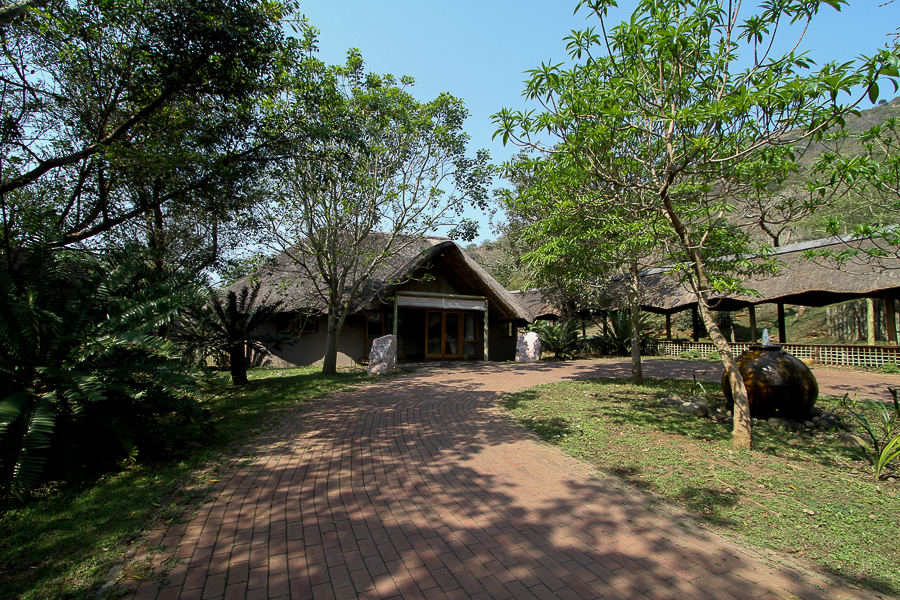
by Editor | Oct 16, 2015 | Africa, Kwazulu Natal, South Africa
When on safari spa treatments are a well deserved respite from the bump and grind of the four wheel vehicles and the dust of the rides. However, spa time is always scarce and limited to non game viewing hours when everybody scrambles to book treatments. Frequently spa facilities are limited and often seem like an afterthought. The idea of a customer centered luxury and gourmet oriented safari and spa property appealed to me as soon as I heard about it. I was hesitant because reaching Karkloof Safari Spa required a side trip to KwaZulu-Natal, a province of South Africa I was not planning to go to on that trip and the airfare was not inexpensive. In the end, I could not resist the temptation of an all inclusive luxury spa and safari property. I was glad I went.
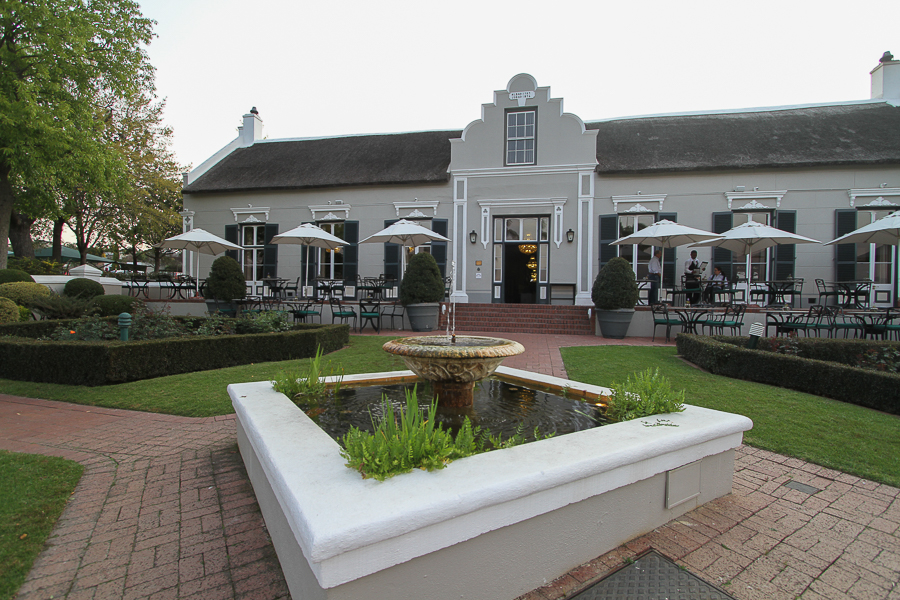
by Editor | Oct 12, 2015 | Africa, Cape Town, South Africa
From the moment Judain from reception greeted me in the off street gated parking lot until his colleague Fenna waved good-bye from the main building terrace I felt welcome at the Grande Roche Hotel. Amenities like fresh flowers, wine and tasty treats in my suite on arrival added to my comfort. Smiling faces and offers of assistance met me at every turn. The staff followed up courteous words with immediate action. For example, when the WiFi in my suite wouldn’t work Judain bent over backwards until it was fixed. Like her staff Anja Bosken, general manager, who I met for dinner, was a charming and welcoming host.
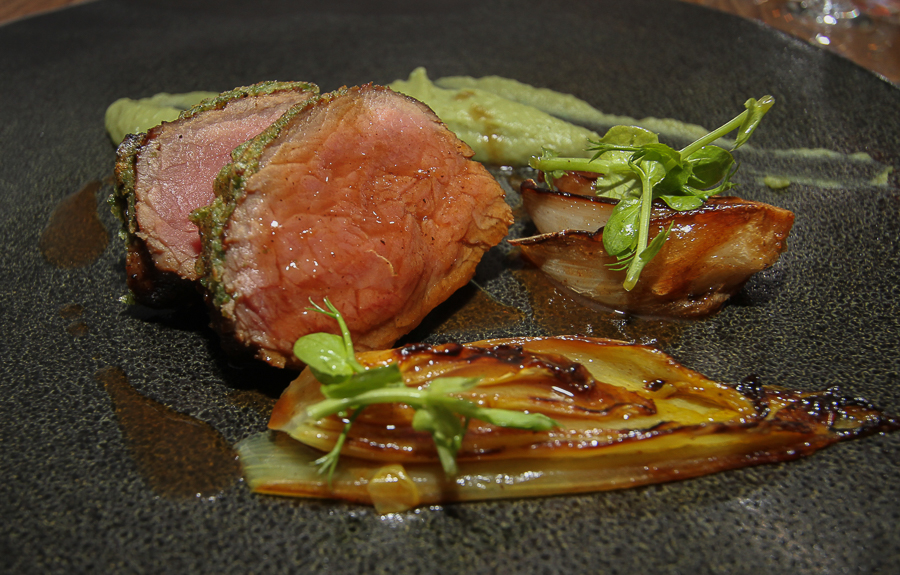
by Editor | Oct 2, 2015 | Africa, Franschhoek, South Africa
Arriving in the early evening at Ryan’s Kitchen I felt instantly drawn by the casual atmosphere. Lana, who I later found out was the chef’s wife and restaurant co-owner, welcomed me in from the chilly outdoors with a bright smile, and seated me right away. Her warm reception was in evidence all through the meal.
By the time my dinner companion arrived the food smells that permeated the restaurant had awoken my appetite. We selected the tasting menu with wine pairings. I appreciated the chef’s versatility. He was able to prepare venison with the same apparent ease with which he prepared fish in spicy coconut milk in a bag. The South African wine pairings kept up the pace.
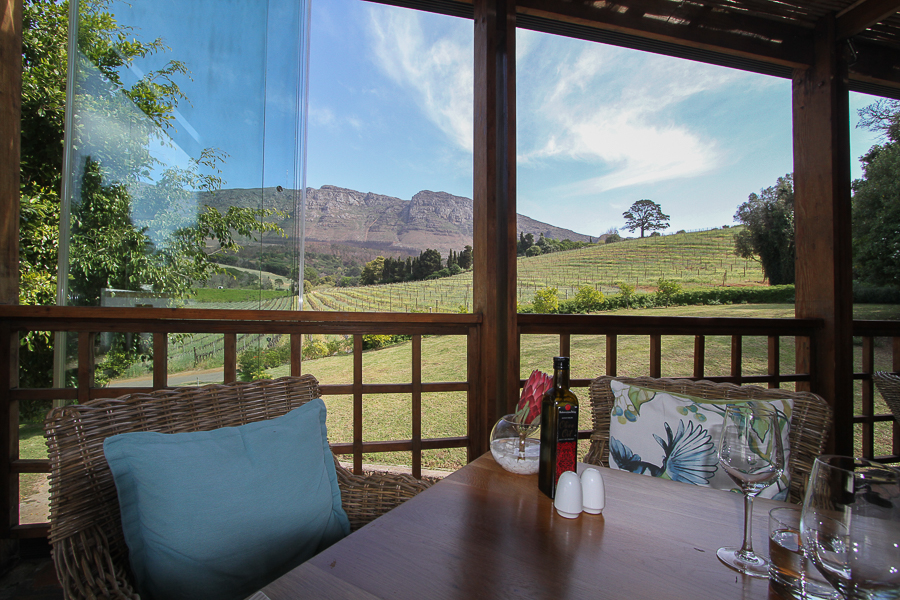
by Editor | Sep 28, 2015 | Africa, Cape Town, Simon and Baker Travel Review, South Africa
Sitting in a corner table in the newly redone glass enclosed veranda I marveled at the beautiful view of the Buitenverwachting Estate’s vineyards in the foreground and the Constantiaberg Mountains in the background. It was true to the property name which I’m told translates to “beyond expectations.” Even if the meal had been disappointing, which it was not, I would have enjoyed my time there.
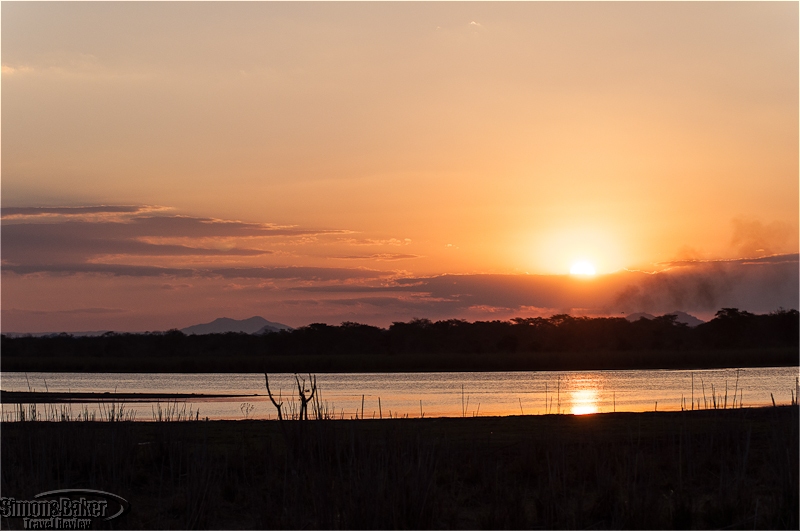
by Editor | Oct 1, 2013 | Africa, Liwonde, Malawi, Simon and Baker Travel Review
Stretched along the banks of the upper Shire River in southern Malawi, the 580 square kilometer (220 square mile) Liwonde National Park was known for its large population of hippos (mvuu in the local Tonga language). Located at the edge of a lagoon across the river from the park entrance, Mvuu Lodge could be reached only by boat. It immediately lived up to its name as we made our way across under the wary gaze of clustered periscope eyes from several hippo pods scattered around the water. Hippos were ubiquitous around the property as well, from large wooden sculptures in the lounge and guest tents to small beaded table ornaments.
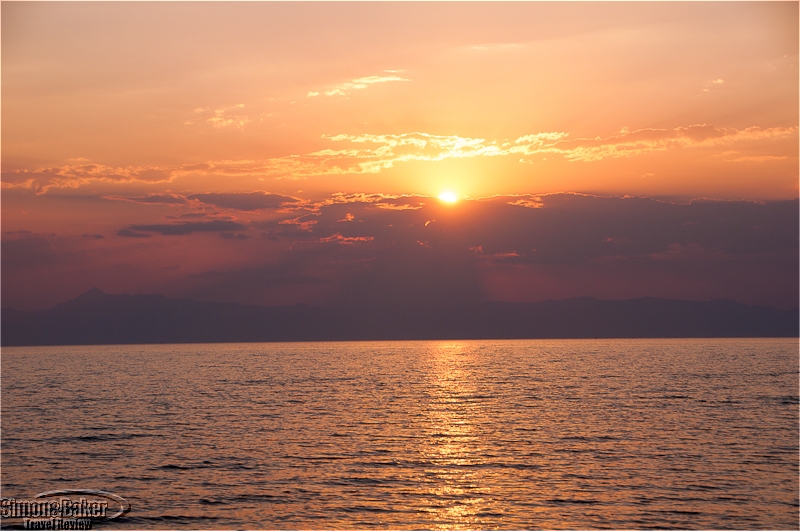
by Editor | Oct 1, 2013 | Africa, Lake Malawi, Malawi, Simon and Baker Travel Review
Located on the western side of Malawi’s Nankumba Peninsula, an area widely recognized as one of the most scenic around Southern Africa’s Lake Malawi, Pumulani was discretely tucked into a steep hillside. The only luxury property along the protected shores of the 9,400 hectare (36.30 square mile) Lake Malawi National Park and UNESCO World Heritage Center, Pumulani was designed by Dutch architect G. Hooft Graafland. In addition to a striking main lodge high on the hill and wide open to the endless lake vistas and the long aquamarine infinity pool below, he designed the property’s ten spacious rooms nestled into craggy granite outcrops around the hillside, each with a secluded private deck with lake views. Under their vegetal roofs of endemic grass meant to help offset their footprint and regulate their interior temperature, the rooms all but disappeared within their lush forest surroundings.






